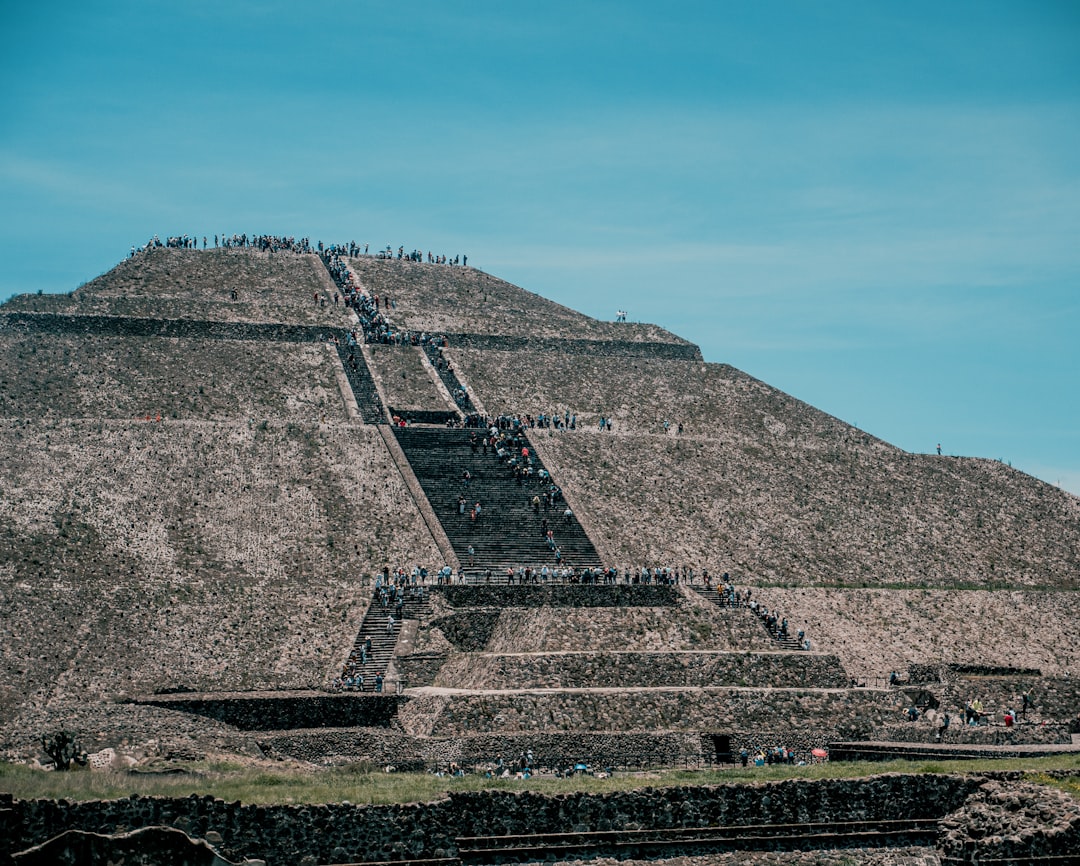What is it about?
In this paper we focus on the reliability of the correct assignment of archaeological samples to their raw material deposits. For this purpose, we propose a novel technique that employs a semi-supervised classification based on finite mixture models. The classification approach uses a large number of unlabeled samples (of unknown origin) along with a small number of labelled samples (of known origin), developing a classifier that assigns the unknown samples to their origin. This methodology was applied to archaeological artefacts collected from the pre-Hispanic settlement of Xalasco, in the Mexican state of Tlaxcala. The results demonstrated that this procedure can obtain good classification rates in problems where the amount of labelled data is low.
Featured Image

Photo by Lukas Blazek on Unsplash
Why is it important?
In this paper we focus on the reliability of the correct assignment of archaeological samples to their raw material deposits. For this purpose, we propose a novel technique that employs a semi-supervised classification based on finite mixture models. The classification approach uses a large number of unlabeled samples (of unknown origin) along with a small number of labelled samples (of known origin), developing a classifier that assigns the unknown samples to their origin. This methodology was applied to archaeological artefacts collected from the pre-Hispanic settlement of Xalasco, in the Mexican state of Tlaxcala. The results demonstrated that this procedure can obtain good classification rates in problems where the amount of labelled data is low.
Read the Original
This page is a summary of: Semi‐supervised classification to determine the provenance of archaeological obsidian samples, Archaeometry, July 2023, Wiley,
DOI: 10.1111/arcm.12901.
You can read the full text:
Contributors
The following have contributed to this page










